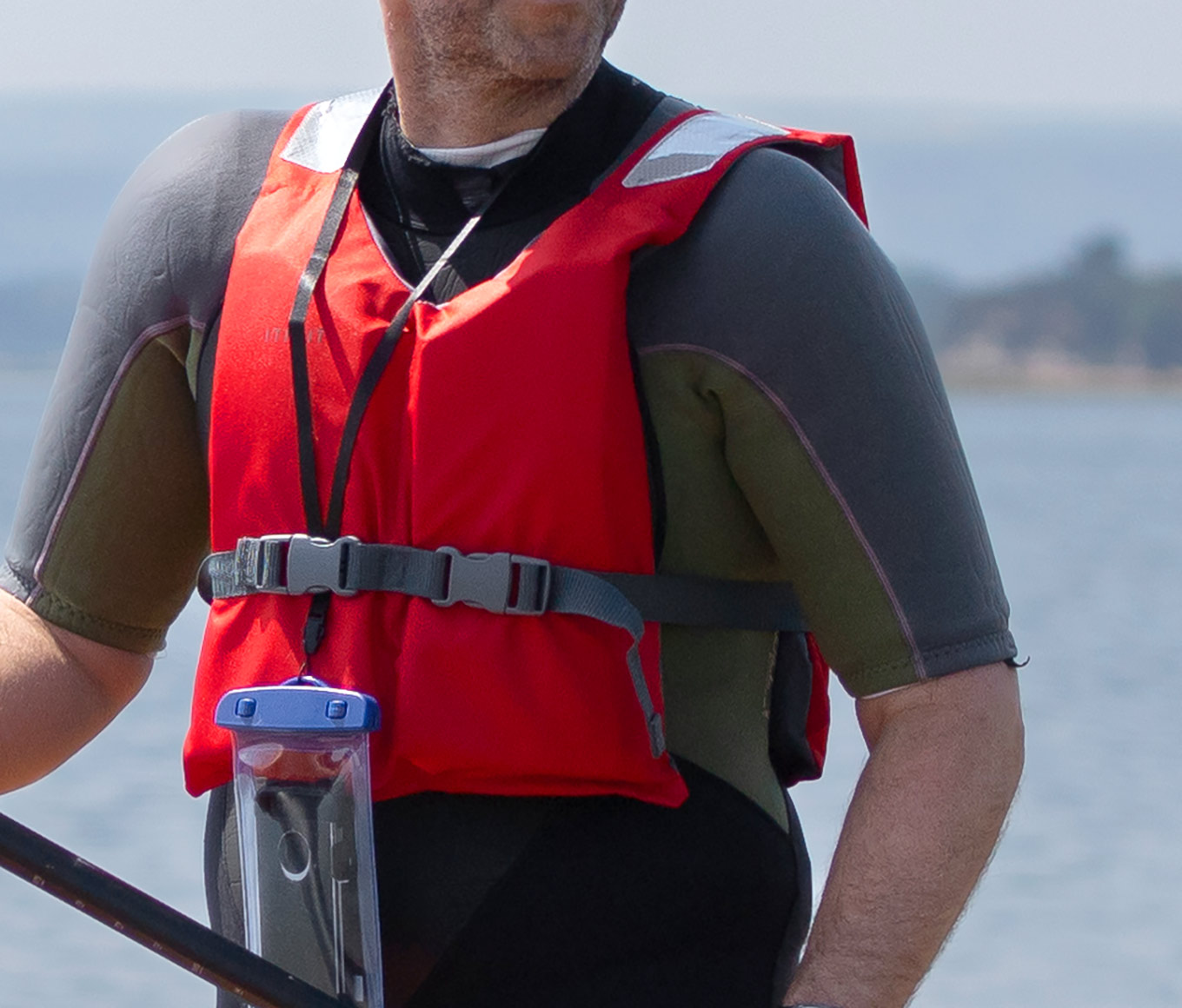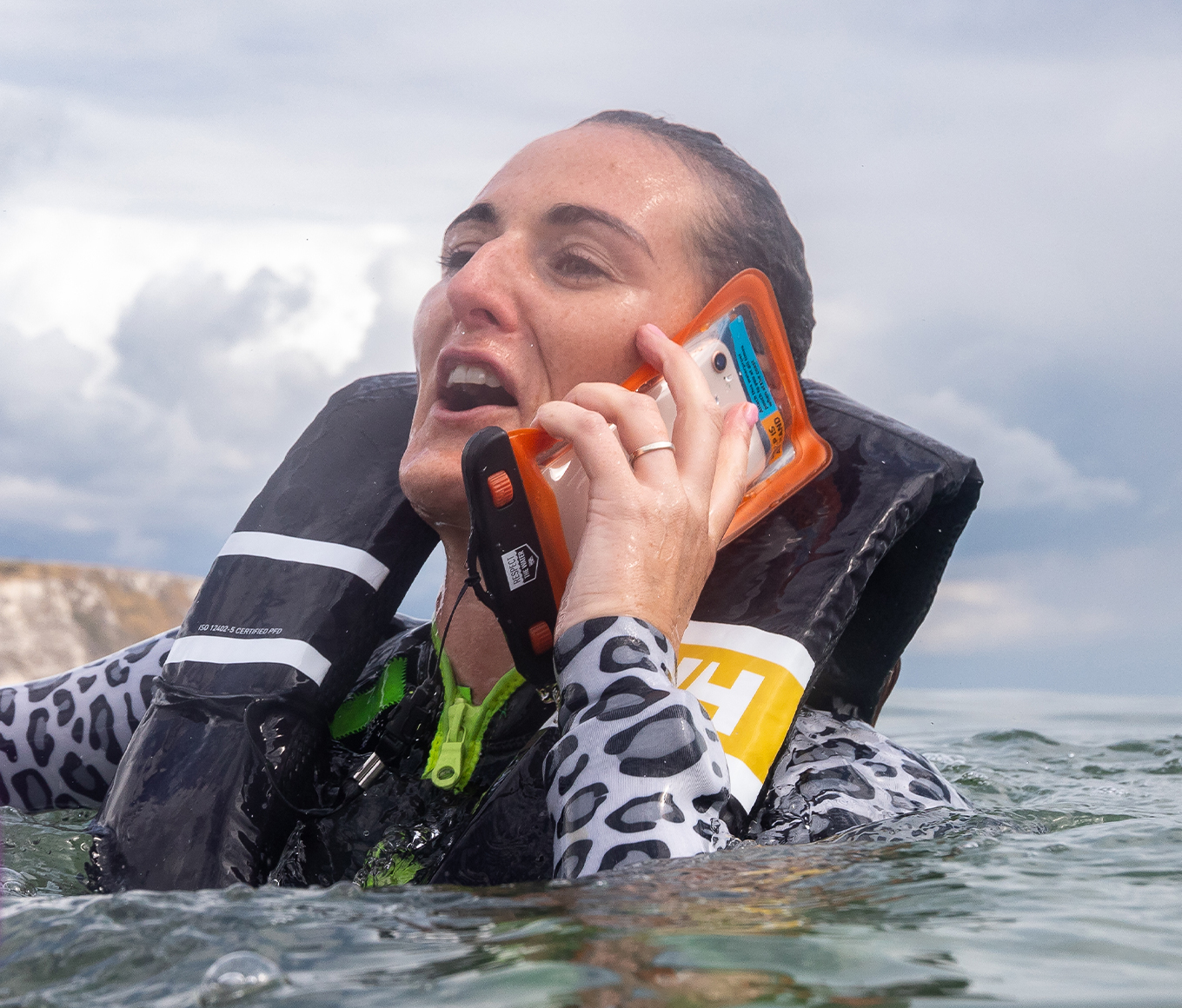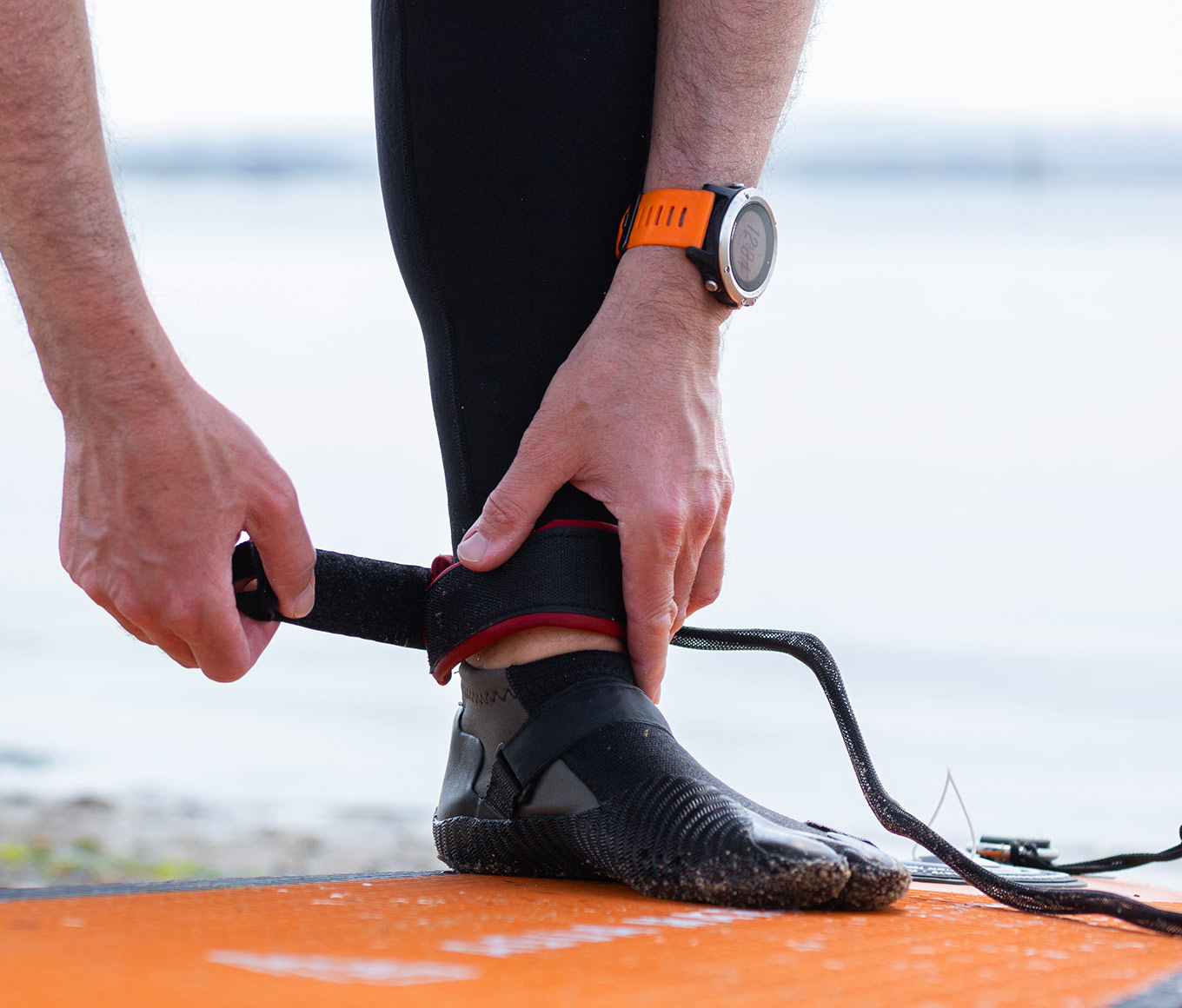
Stand-up paddleboarding
Stand-up paddleboarding (SUP) is one of the fastest growing watersports. Whether it’s on an inflatable SUP or a solid one, SUPing is a great way to have fun on the water and to get fit. Do it often enough and you can improve your overall fitness, in particular your core body strength, which is where the most of your paddle power will come from.
Whether you are a complete beginner, new to SUPing or more experienced, it’s always useful to know a few tips and tricks to help improve your SUP experience. Our top paddleboarding tips for beginners is a great place to start.
The best way to learn and enhance your time on the water is to have a lesson. You will learn the right techniques including tips to help you get back on the board and develop your skills and knowledge of how to understand the environment such as wind and tidal information. This will set you up for future paddling.
Simple tips to improve your time paddleboarding
We’ve been working with training agencies and National Governing Bodies (NGBs)* to develop 4 things you should do every time you go out on the water.
Wear a buoyancy aid
A buoyancy aid, a type of Personal Floatation Device (PFD), will provide extra floatation in the water to help keep you afloat, but it will also help give you time to recover should you fall in – and chances are you will! Buoyancy aids come in different sizes and it is important that you have the correct size as this will help when getting back on to the board; a common problem when learning. Make sure you check the weight range and chest size when buying a buoyancy aid as well as choosing one that is comfortable and allows plenty of movement so you can paddle freely.
Carry a phone in waterproof pouch
As well as being able to take photos of your paddle you can also use your mobile phone in an emergency to raise the alarm. Make sure you carry this on you (e.g. in a buoyancy aid pocket or around your neck) so that you can get it easily if are in trouble – it is no good in a dry bag attached to your board!
In a coastal emergency call 999 and ask for the coastguard and if you are inland ask for the Fire & Rescue service.
Wear the correct leash
There’s nothing more frustrating than having to swim after your board if you fall off. The leash will also help you stay connected to your board if you get into trouble and help you float.
Choosing the correct leash is really important – most boards come with an ankle leash however these may not be suitable for the environment you are planning to paddle in. If you are paddling in tidal or flowing waters such as rivers where there is a risk of entrapment or being caught on an object then wear a quick release waist leash.
Avoid offshore winds
Offshore winds are winds that are blowing from the beach or shore out to sea. Often with offshore winds the water looks idyllic and calm however this can be deceptive as offshore winds will quickly blow you and your paddleboard far out to sea, which can make it extremely tiring and difficult to paddle back to shore. If you are on a lifeguarded beach, keep an eye out for the orange windsock to see which way the wind is blowing.
Additional tips to keep you safe
- Have a lesson. This will develop your skills and knowledge making you time on the water more enjoyable in the future.
- Be aware of your environment and hazards. Understand the location you are supping in – does it change the equipment you need? Strong tidal currents could make it difficult to paddle in your chosen direction or even be unpredictable making you tire quickly. It's always advisable to understand the location you are paddling in as this will really help your SUPing experience.
- If you can, always go with a friend. It’s more fun, and they can help you if you get into difficulty.
- Remember to Float to Live. If you end up in the water unexpectedly or are in trouble in the water without your board then float on your back.
- Check the weather forecast and tide times before you set out. If the water is too choppy, you might find it difficult, especially if you are a beginner. And be aware, the conditions can change quickly. If in doubt don’t go out.
- Tell someone where you're going and when you'll be back. Don't leave the house without a mobile phone or communication device.
- Wear suitable clothing for the time of year. In the winter, you will want to use a wet or dry suit. In the summer although it may feel warm the water is often still very cold and if you fall in unexpectedly you might experience cold water shock so consider wearing a wetsuit.
- If you are launching on a lifeguarded beach, make sure you launch and recover between the black and white chequered flags. There should be less swimmers in this area, giving you more room to manoeuvre. Consider other water users by learning the rights of way in the surf. This can save you and others getting injured.
*British Canoeing, British Stand Up Paddleboard Association (BSUPA), Water Skills Academy (WSA), Academy of Surfing Instructors (ASI), Surfing England, Irish Surfing, Scottish Surfing Federation, Welsh Surfing Federation, Canoe Wales, Scottish Canoe Association (SCA), Canoe Association of Northern Ireland (CANI), Canoeing Ireland

Your chance to win!
We have 5,000 pouches to give away in our free competition. But first, how safe a paddler are you? Take our quick quiz to find out.
Figures taken from:
- The National Water Safety Forum’s Water Incident Database (WAID UK) 2011-2015.
- RNLI lifeboat return of service data UK and Ireland 2020.
- RNLI lifeguard incident data, UK only, 2020.





